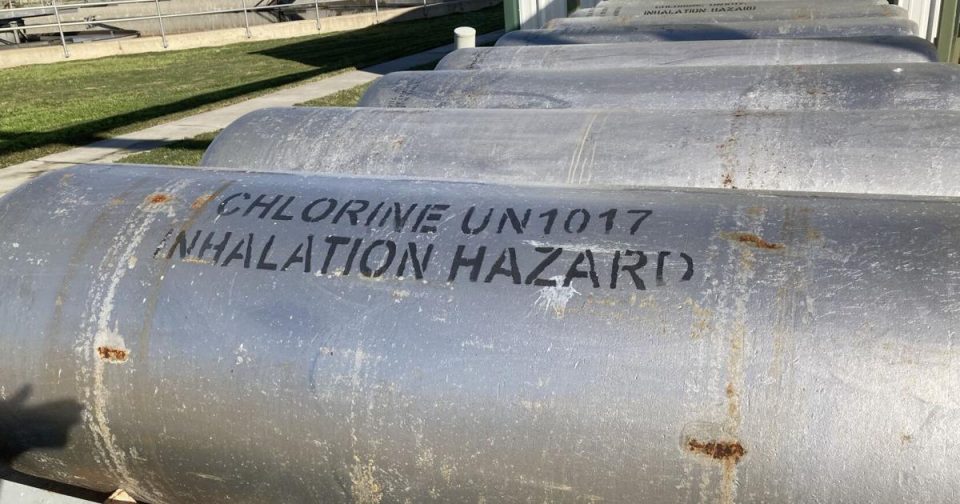Bell County’s largest water wholesaler approved about $6 million for water improvements in Belton earlier this week.
At its regular board meeting Wednesday morning, Bell County Water Control and Improvement District No. 1 approved the spending, mostly on low water service pump station improvements for the city of Belton. The pumps will increase water pressure to many areas southwest of the Belton Lake water plant between Nolanville and Belton.
WCID No. 1 awarded Mansfield-based BlackRock Construction a contract worth $1.6 million and Archer Western Construction of Austin a contract worth more than $4 million to both complete the low service water pump station improvements.
Allen Woelke, vice president of CDM Engineering who designed WCID-1’s new Stillhouse Hollow Lake water treatment plant, said this week most of the new Belton infrastructure improvement costs are associated with large amounts of copper and other metals needed to do the job right.
“A lot of the project is steel and the other is copper,” Woelke said of the low service water pump station improvements.
Like other water suppliers across the state and country, WCID No. 1 is battling increased costs associated with inflation.
“I’ve never seen a time when price inflation is as bad as it is now,” Woelke said.
Market forces have also caused a huge increase in the cost of chemicals.
“Chlorine has gone up 174% since this time last year,” said Ricky Garrett, WCID No. 1 general manager, in a presentation to the board.
Garrett said WCID No. 1 has gone so far as to notify U.S. Reps. John Carter, R-Round Rock, and Roger Williams, R-Austin, of the large chemical price increase in hopes Washington might be able to help, otherwise WCID No. 1’s customers can expect to pay an extra 6 cents per thousand gallons just to keep up with the cost of chemicals.
“Hopefully, we get some kind of remedy; otherwise that’s a cost-of-living increase that we’ll have to pay,” Garrett said.
WCID No. 1 processed some 1.07 billion gallons of water as of October and spent some $3.2 million — less than half of its budget for the year so far on the water side of its operations. Chemicals cost $357,259 in the district’s 2020-2201 budget year, but they expect to have paid about $448,487 up to October of this year. In October 2020, WCID No. 1 paid $51,734 for chemicals, but this October paid almost $100,000. Lab supplies and equipment maintenance for the district’s water operations also saw large increases compared to this time last year, according to data presented to the board Wednesday.
The district’s sewer operations rose in cost from about $2.3 million in the district’s last 2020-2021 year to about $2.85 million so far this year. The district’s sewer operations have processed about 3 billion gallons of water so far and is projecting a surplus of some $700,000 in its current fiscal year.
Cold weather preparations
In the aftermath of February’s Winter Storm Uri and the subsequent June passage of Texas Senate Bill 3, which mandates state and local governments begin “preparing for, preventing, and responding to weather emergencies, power outages, and other disasters,” WCID No. 1 moved to prepare a backup power generation plan at all of its core water treatment facilities.
WCID No. 1 has since explored the cost of diesel generators at all of its facilities, digging natural gas pipelines to feed natural gas generators, and a combination of both, in order to ensure the water continues to flow if power is interrupted.
In the past, WCID No. 1 shied away from the high cost of such backup power generation, but Garrett now seems to be moving the board toward making such an investment.
“This last storm changed my mind,” Garrett said in April.
But the investment won’t be cheap. Garret told the board in April such a plan would cost at least $8 million. A generator fleet that large might give the district the option of selling any excess power not needed during an emergency to the highest bidder when market prices spike like they did in February. But as Garrett gets deeper into the question of how much so many generators will cost, the costs are getting deeper.
“The standby generation may come out sooner because we will have those proposals,” Garrett said. “But I don’t know if $8 million will be enough.”


